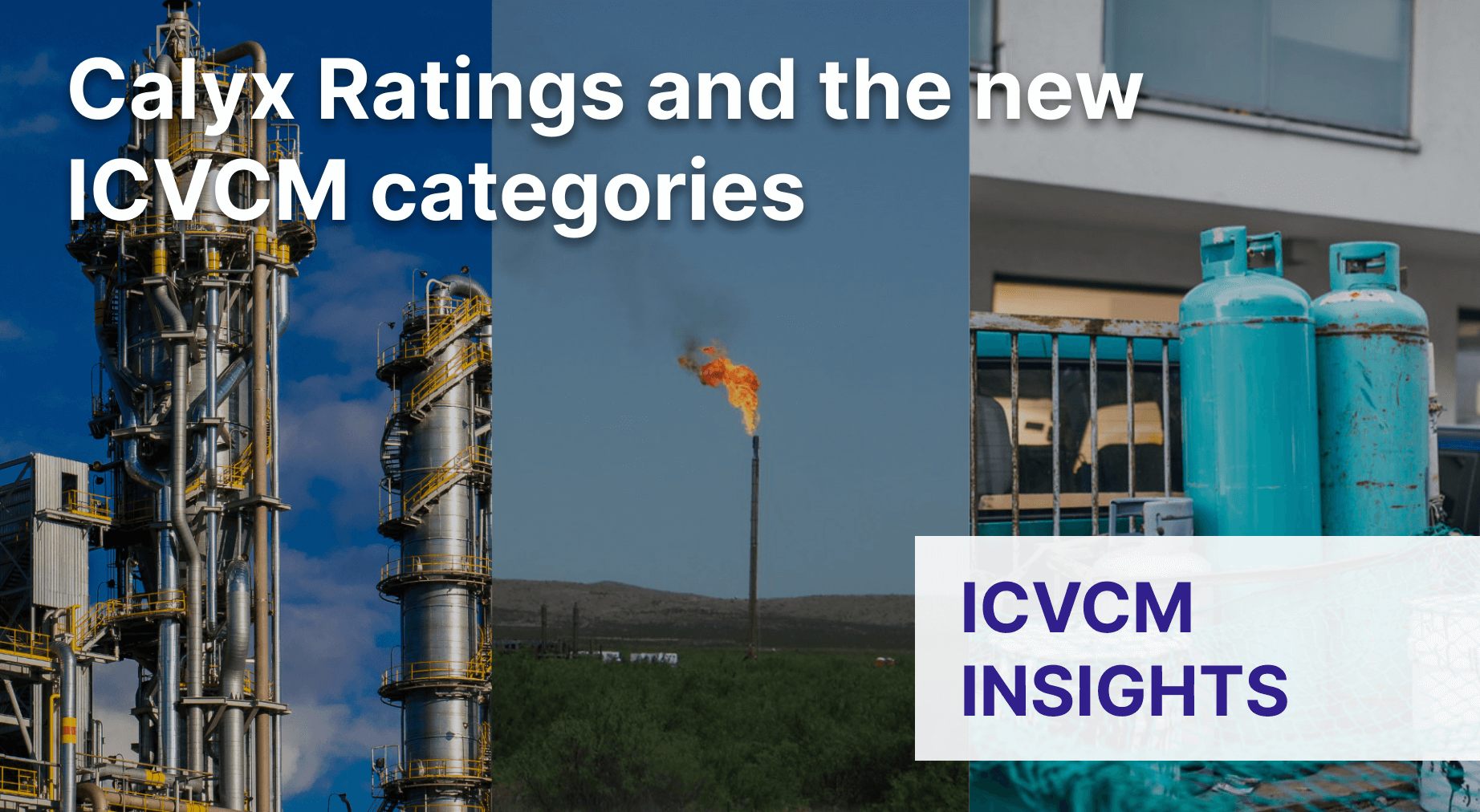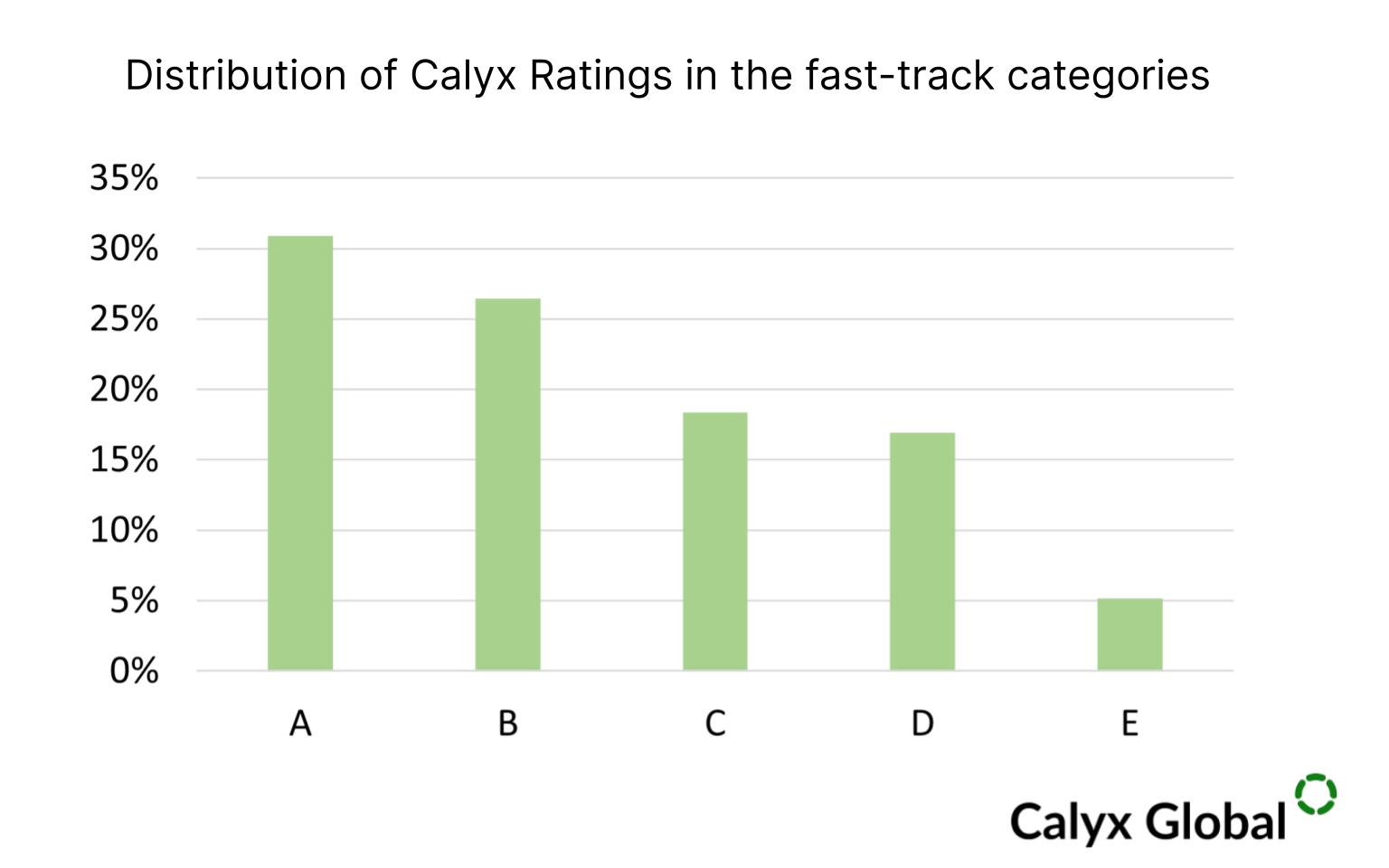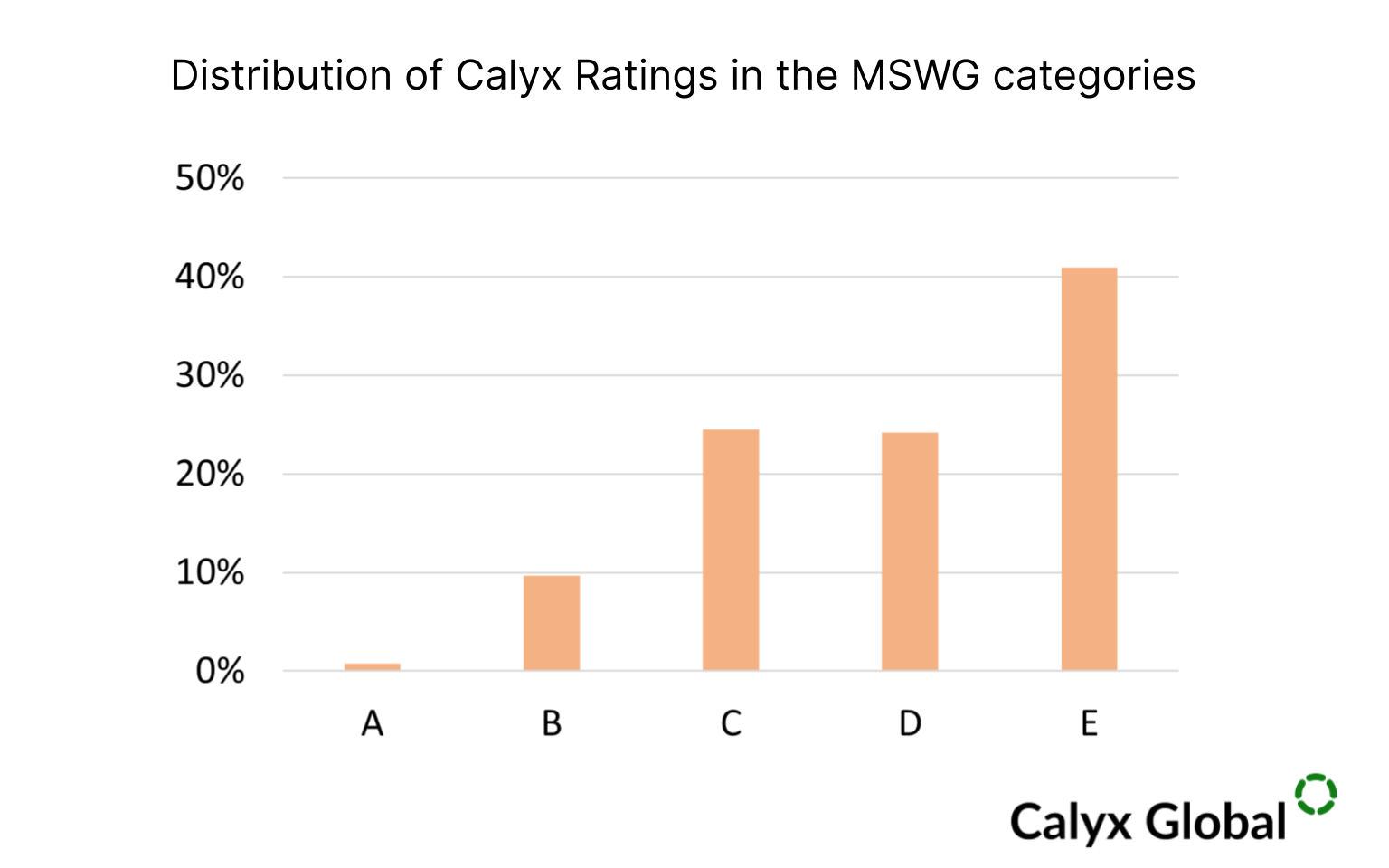
Today, the ICVCM announced the “categories” they are assessing, including which fall into the fast-track versus those pushed to multi-stakeholder working groups (MSWGs). The ICVCM defines “categories” as a combination of project type plus methodology. Ostensibly, the fast-track categories were those the ICVCM believes have a higher likelihood of getting the coveted Core Carbon Principles (CCP) label. And the categories that are going into MSWGs are those that “raise complex issues in specific areas”.
So, how well did the ICVCM sort out these categories?
Fast-track categories: The ICVCM identified 10 categories of credits for the fast-track assessment, which comprise 8% of credits in the market. These include, for example, landfill gas capture and utilization and ozone depleting substances. It is important to note that such credits will not necessarily get the CCP label. The ICVCM stated the categories will be “assessed internally by the Integrity Council secretariat and members of the Expert Panel.”
Our analysis shows that, indeed, the categories perform better than the market generally, and are heavily weighted towards our higher ratings, with over half getting an A or B rating from Calyx Global. That said, there are credits with high GHG integrity risk in these categories, and we hope the ICVCM finds a way to filter these out. 
MSWG categories: By contrast, our assessment of credits in the MSWG categories is more heavily weighted towards the lower end of our ratings, with 65% getting a D or E rating, or nearly 90% getting a C or below rating – signifying that these categories have material gaps in their methodologies. Only around 10% received an A or B rating.

It may be difficult for the ICVCM to figure out how to identify the few higher-rated projects. Many projects that have received our A and B ratings are project types that use the same methodology as credits that score a D or E. It will be challenging for the ICVCM to differentiate these projects, even by slicing a category more finely.
For example, there is a wide range of outcomes (related to GHG integrity) for reforestation projects and trying to parse this category into finer slices, such as commercial plantations versus natural forest regeneration can still result in highly variable outcomes.
In many cases, one can only truly know the quality of a credit by looking project-by-project. This is particularly true when it comes to assessing the quality of SDG contribution claims and environmental and social risks, both of which are highly context- and project-dependent.
To learn more about how our assessment approach aligns to the ICVCM’s, read how Calyx Ratings are aligned with the ICVCM CCPs.
Get the latest delivered to your inbox
Sign up to our newsletter for the Calyx News and Insights updates.
